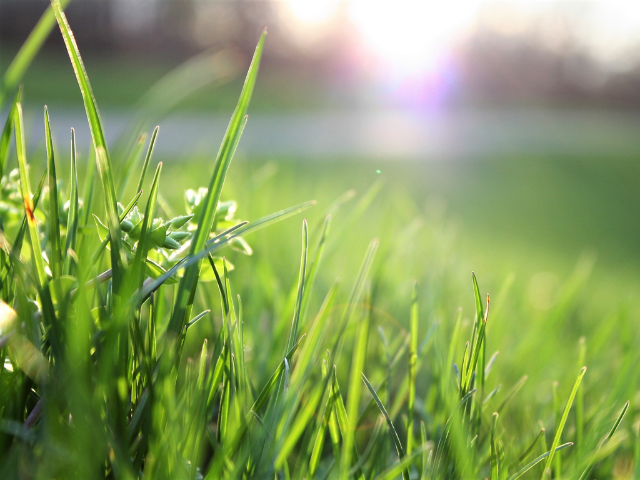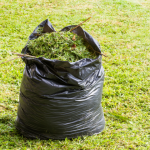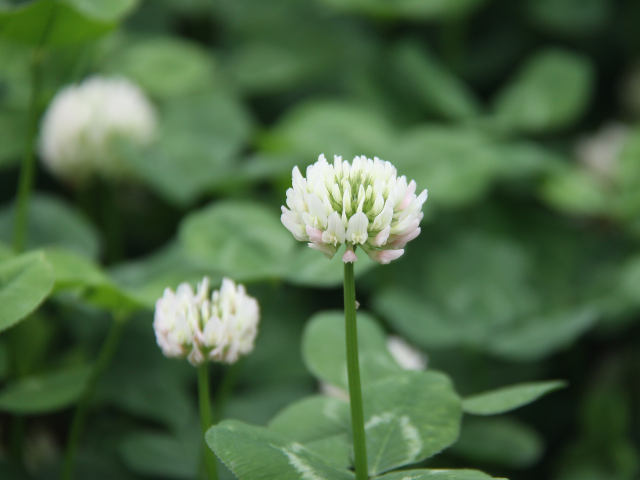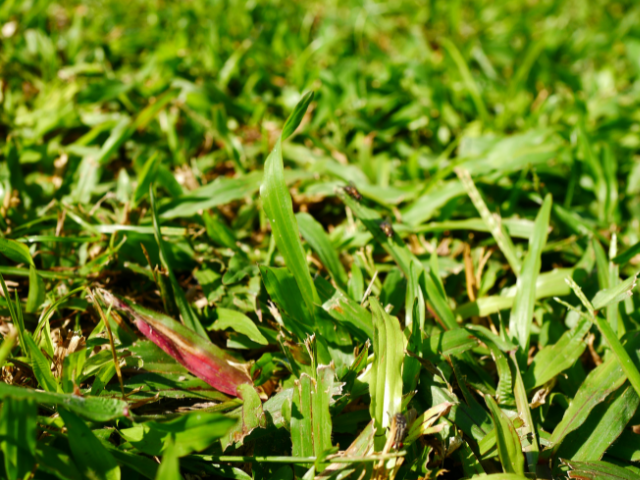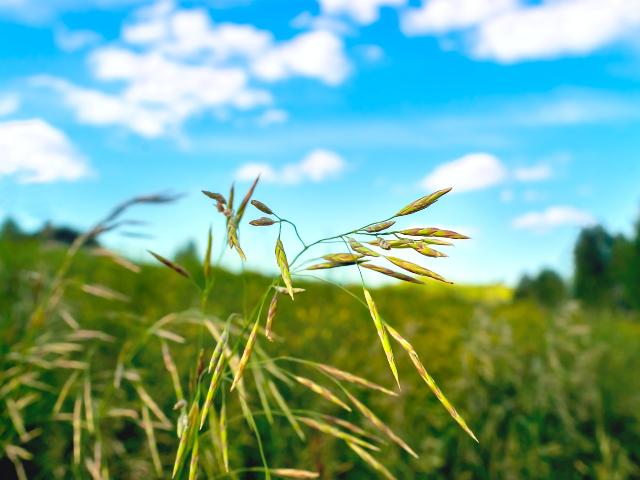If you’re looking for an easy way to get rid of pesky weeds, look no further than lime! This miracle substance can kill weeds quickly and easily, and it’s a natural alternative to harsh herbicides. In this article, we’ll discuss how to use lime to kill weeds and the best ways to apply it. We’ll also cover some common questions about using lime to weed control.
Lime
Lime is a natural substance that can be used to kill weeds. It is safe to use around children and pets, and it will not harm your lawn or garden. Lime works by raising the pH of the soil, which makes it difficult for weeds to grow.
Soil pH
The pH of the soil is a measure of how acidic or alkaline it is. A pH of seven is neutral, while a pH below seven is acidic and a pH above seven is alkaline. Most plants prefer soils that are slightly acidic, with a pH between six and seven.
Lime raises the pH of the soil, making it more alkaline. This change in pH makes it difficult for weeds to grow and flourish. In order to use lime effectively, you need to know the current pH of your soil. You can purchase a soil test kit at your local garden center or nursery.
Once you know the current pH of your soil, you can add the appropriate amount of lime to raise the pH to the level that is best for your plants.
Benefits of Lime on Your Lawn
Lime has many benefits for your lawn. In addition to killing weeds, lime can also:
- improve the drainage of your soil
- make your grass greener and healthier
- help your lawn resist disease
- add nutrients to your soil
To get the most out of lime, it’s important to apply it correctly.
When Applying Lime to the Lawn?
The best time to apply lime to your lawn is in the fall. This gives the substance time to work its way into the soil before winter sets in. You can also apply lime in the spring, but it’s not as effective at killing weeds during this season.
If you have a lot of weeds, you may need to apply lime more than once a year. For example, you might need to apply it every four to six weeks during the peak growing season.
How to Apply Lime to a Lawn
There are two main ways to apply lime to your lawn: with a spreader or by hand.
If you’re using a spreader, it’s important to calibrate it before you begin. This will ensure that you’re applying the right amount of lime to your lawn. Once you’ve calibrated the spreader, follow the manufacturer’s instructions for applying lime to your lawn.
If you’re applying lime by hand, you can do this by simply sprinkling it over the affected area. Just be sure to wear gloves and a mask to protect yourself from the dust. Once you’ve applied the lime, water it in well to help it work its way into the soil.
Lime can take a few weeks to work its way into the soil and start killing weeds. However, you should start seeing results within a few days. Be patient and keep up with your weed control program, and soon you’ll have a beautiful, weed-free lawn!
FAQs About How to Use Lime to Kill Weeds
How long does it take for lime to work on grass?
It can take a few weeks to work its way into the soil and kill weeds. However, you should start seeing results within a few days. Be patient and keep up with your weed control program, and soon you’ll have a beautiful, weed-free lawn!
What Will lime kill?
Lime is great for killing weeds, but it can also kill grass if you use too much. Be sure to follow the directions on the product label and only apply lime to your lawn as directed.
How do you kill weeds but not plants?
We all want a beautiful, weed-free lawn, but no one wants to harm their plants in the process. Luckily, lime is a great way to kill weeds without harming your other plants. Simply follow the directions on the product label and you’ll be on your way to a weed-free lawn in no time!
